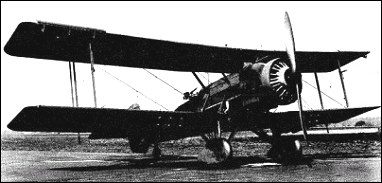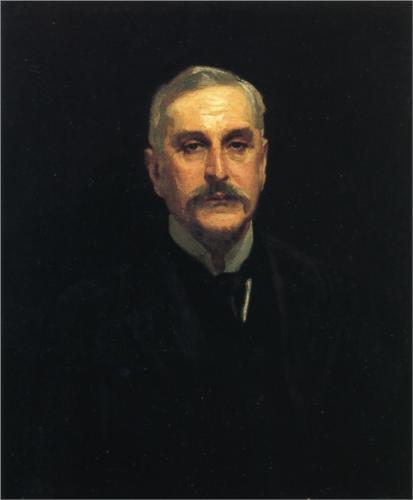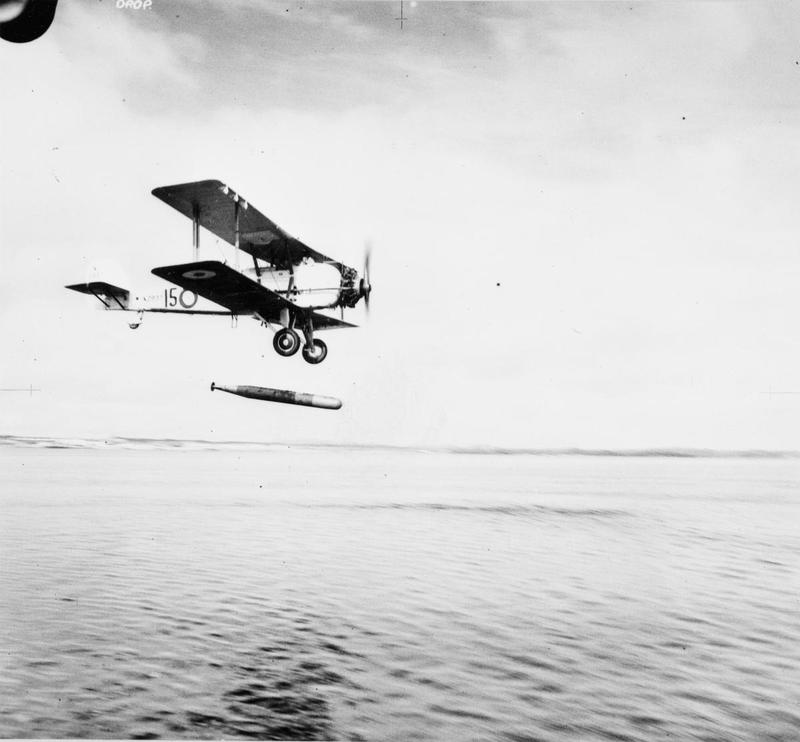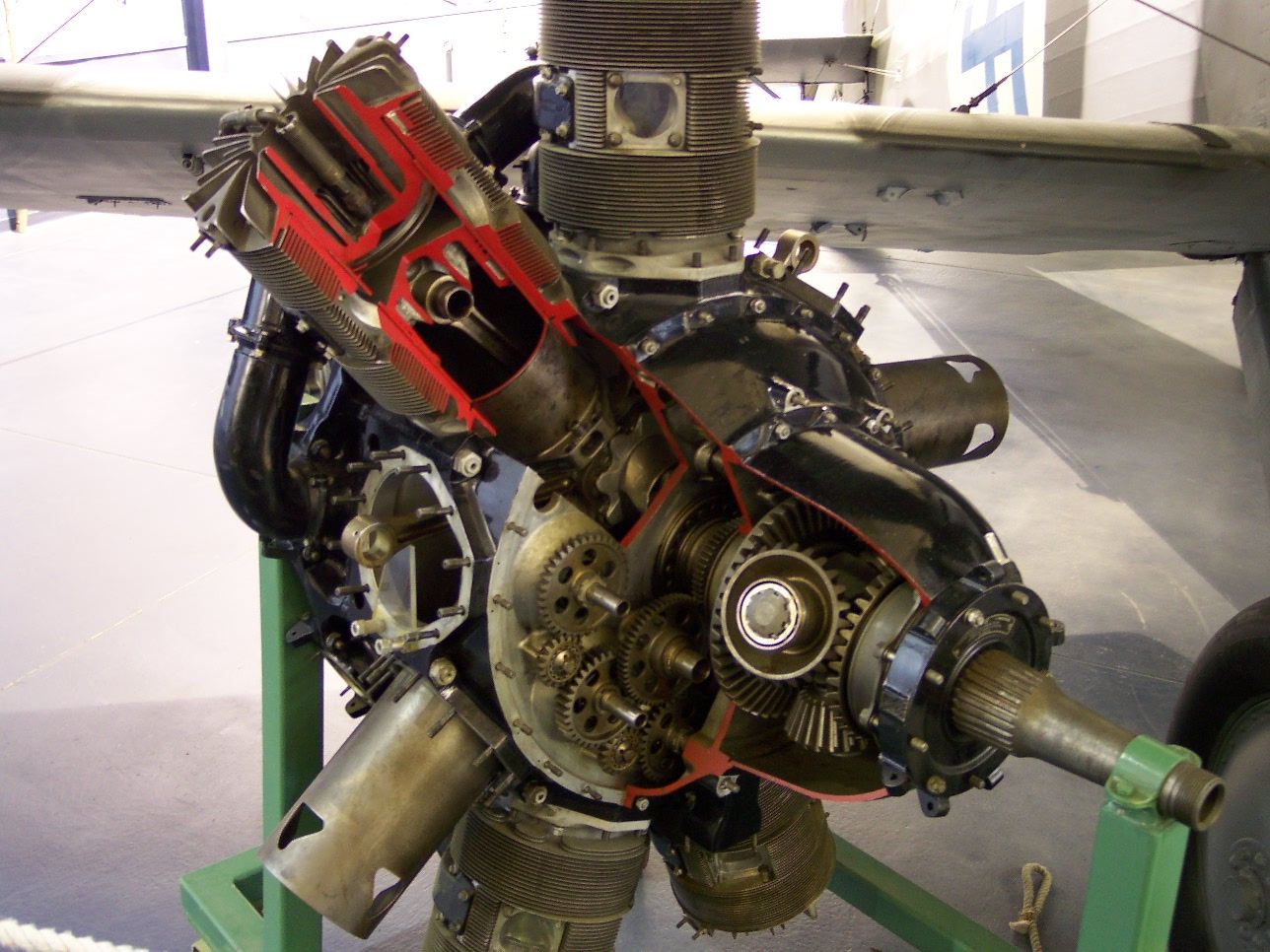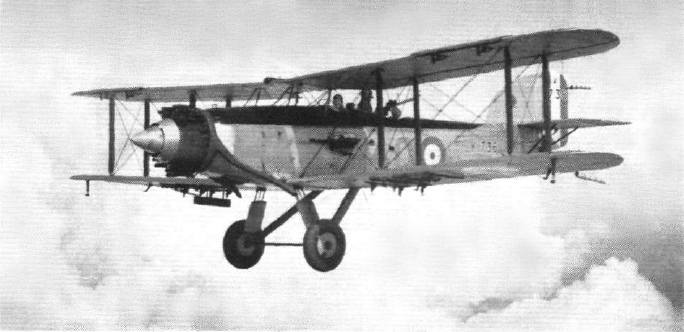|
Vickers Vincent
The Vickers Vildebeest and the similar Vickers Vincent are single-engined British biplanes designed and built by Vickers and used as light bombers, torpedo bombers and in army cooperation roles. First flown in 1928, they remained in service at the start of the Second World War, with the last Vildebeests flying against Japanese forces over Singapore and Java in 1942. Design and development Vildebeest Designed against Air Ministry Specification 24/25 for the Royal Air Force (RAF), for a land-based torpedo bomber to replace the Hawker Horsley, the prototype Vildebeest, an all-metal fuselage aircraft with single-bay unstaggered fabric-covered wings and tail, was first flown in April 1928 as the Vickers Type 132, powered by a Bristol Jupiter VIII radial engine.Mason 1994, p. 200. After initial evaluation, the Vildebeest was shortlisted for comparison with the Blackburn Beagle and Handley Page Hare. As the Jupiter VIII was prone to vibration, a second prototype, the Vickers Ty ... [...More Info...] [...Related Items...] OR: [Wikipedia] [Google] [Baidu] |
Vickers Limited
Vickers Limited was a British engineering conglomerate. The business began in Sheffield in 1828 as a steel foundry and became known for its church bells, going on to make shafts and propellers for ships, armour plate and then artillery. Entire large ships, cars, tanks and torpedoes followed. Airships and aircraft were added, and Vickers jet airliners were to remain in production until 1965. Financial problems following the death of the Vickers brothers were resolved in 1927 by separating Metro-Cammell, Metropolitan Carriage Wagon and Finance Company and Metropolitan-Vickers, then merging the remaining bulk of the original business with Armstrong Whitworth to form Vickers-Armstrongs. The Vickers name resurfaced as Vickers plc between 1977 and 1999. History Foundry Vickers was formed in Sheffield as a steel foundry by the miller Edward Vickers and his father-in-law George Naylor (businessman), George Naylor in 1828. Naylor was a partner in the foundry Naylor & Sanderson, and ... [...More Info...] [...Related Items...] OR: [Wikipedia] [Google] [Baidu] |
Radial Engine
The radial engine is a reciprocating engine, reciprocating type internal combustion engine, internal combustion engine configuration in which the cylinder (engine), cylinders "radiate" outward from a central crankcase like the spokes of a wheel. It resembles a stylized Star polygon, star when viewed from the front, and is called a "star engine" in some other languages. The radial configuration was commonly used for aircraft engines before gas turbine engines became predominant. Engine operation Since the axes of the cylinders are coplanar, the connecting rods cannot all be directly attached to the crankshaft unless mechanically complex forked connecting rods are used, none of which have been successful. Instead, the pistons are connected to the crankshaft with a master-and-articulating-rod assembly. One piston, the uppermost one in the animation, has a master rod with a direct attachment to the crankshaft. The remaining pistons pin their connecting rods' attachments to rings ar ... [...More Info...] [...Related Items...] OR: [Wikipedia] [Google] [Baidu] |
Sudan
Sudan, officially the Republic of the Sudan, is a country in Northeast Africa. It borders the Central African Republic to the southwest, Chad to the west, Libya to the northwest, Egypt to the north, the Red Sea to the east, Eritrea and Ethiopia to the southeast, and South Sudan to the south. Sudan has a population of 50 million people as of 2024 and occupies 1,886,068 square kilometres (728,215 square miles), making it Africa's List of African countries by area, third-largest country by area and the third-largest by area in the Arab League. It was the largest country by area in Africa and the Arab League until the 2011 South Sudanese independence referendum, secession of South Sudan in 2011; since then both titles have been held by Algeria. Sudan's capital and most populous city is Khartoum. The area that is now Sudan witnessed the Khormusan ( 40000–16000 BC), Halfan culture ( 20500–17000 BC), Sebilian ( 13000–10000 BC), Qadan culture ( 15000–5000 BC), the war of Jebel ... [...More Info...] [...Related Items...] OR: [Wikipedia] [Google] [Baidu] |
Fairey III
The Fairey Aviation Company Fairey III was a family of British reconnaissance biplanes that enjoyed a very long production and service history in both landplane and seaplane variants. First flying on 14 September 1917, examples were still in use during the Second World War. Design and development The prototype of the Fairey III was the N.10 floatplane, which was designed and built in 1917 by Fairey Aviation (along with the smaller N.9) to meet Admiralty Specification N.2(a) for a carrier-based seaplane for the Royal Naval Air Service during the First World War. N.10, also known by its constructor's number F.128 was a two-bay biplane with folding wings and powered by a 260 hp (190 kW) Sunbeam Maori engine. It first flew from the Port Victoria seaplane station on the Isle of Grain, Kent on 14 September 1917.Taylor 1988, p.71. Following tests both as a floatplane and with a conventional wheeled undercarriage, production orders were placed for two versions both powere ... [...More Info...] [...Related Items...] OR: [Wikipedia] [Google] [Baidu] |
Westland Wapiti
The Westland Wapiti was a British two-seat general-purpose military single-engined biplane of the 1920s. It was designed and built by Westland Aircraft Works to replace the Airco DH.9A in Royal Air Force service. First flying in 1927, the Wapiti entered service with the RAF in 1928, and remained in production until 1932, a total of 565 being built. It equipped twenty squadrons of the RAF, both overseas (particularly in India and Iraq) and at home, remaining in RAF service until 1940, also being used by the Air Forces of Australia, Canada, South Africa and India. It also formed the basis for the Westland Wallace which partly replaced the Wapiti in RAF use. The Wapiti is named for the wapiti, also known as elk, one of the largest species of the deer family and one of the largest land mammals in North America and eastern Asia. Design and development In 1927, the British Air Ministry issued Specification 26/27 for a replacement of the elderly Airco DH.9A, designed during th ... [...More Info...] [...Related Items...] OR: [Wikipedia] [Google] [Baidu] |
Vickers Vincent
The Vickers Vildebeest and the similar Vickers Vincent are single-engined British biplanes designed and built by Vickers and used as light bombers, torpedo bombers and in army cooperation roles. First flown in 1928, they remained in service at the start of the Second World War, with the last Vildebeests flying against Japanese forces over Singapore and Java in 1942. Design and development Vildebeest Designed against Air Ministry Specification 24/25 for the Royal Air Force (RAF), for a land-based torpedo bomber to replace the Hawker Horsley, the prototype Vildebeest, an all-metal fuselage aircraft with single-bay unstaggered fabric-covered wings and tail, was first flown in April 1928 as the Vickers Type 132, powered by a Bristol Jupiter VIII radial engine.Mason 1994, p. 200. After initial evaluation, the Vildebeest was shortlisted for comparison with the Blackburn Beagle and Handley Page Hare. As the Jupiter VIII was prone to vibration, a second prototype, the Vickers Ty ... [...More Info...] [...Related Items...] OR: [Wikipedia] [Google] [Baidu] |
NACA Cowling
The NACA cowling is a type of aerodynamic Aircraft fairing, fairing used to streamliner, streamline radial engines installed on airplanes. It was developed by Fred Weick of the National Advisory Committee for Aeronautics (NACA) in 1927. It was a major advancement in aerodynamic drag reduction, and paid for its development and installation costs many times over due to the gains in fuel efficiency that it enabled. NACA won the 1929 Collier Trophy for its development. History and design The NACA cowling enhanced speed through drag reduction while improving engine cooling. The cowling consists of a symmetric, circular airfoil that is wrapped around the engine. In a normal planar airfoil, like a wing, the difference in airspeeds, and their associated changes in pressure, on the top and bottom surfaces, enhances lift. In the case of the NACA cowl, the ring-shaped airfoil is positioned so this lift effect is forward. This thrust does not fully counter the drag of the cowl but greatly ... [...More Info...] [...Related Items...] OR: [Wikipedia] [Google] [Baidu] |
Sleeve Valve
The sleeve valve is a type of valve mechanism for piston engines, distinct from the usual poppet valve. Sleeve valve engines saw use in a number of pre–World War II luxury cars and in the United States in the Willys-Knight car and light truck. They subsequently fell from use due to advances in poppet-valve technology, including sodium cooling, and the Knight system double sleeve engine's tendency to burn a lot of lubricating oil or to seize due to lack of it. The Scottish Argyll company used its own, much simpler and more efficient, single sleeve system (Burt-McCollum) in its cars, a system which, after extensive development, saw substantial use in British aircraft engines of the 1940s, such as the Napier Sabre, Bristol Hercules, Centaurus, and the promising but never mass-produced Rolls-Royce Crecy, only to be supplanted by the jet engines. Description A sleeve valve takes the form of one (or in the case of double sleeve valves, two) machined cylinders which fit concentric ... [...More Info...] [...Related Items...] OR: [Wikipedia] [Google] [Baidu] |
Bristol Perseus
The Bristol Perseus was a British nine-cylinder, single-row, air-cooled radial aircraft engine produced by the Bristol Engine Company starting in 1932. It was the first production sleeve valve aero engine. Design and development In late 1925 and early 1926, the Royal Aircraft Establishment (RAE) published a series of papers by Harry Ricardo on the sleeve valve principle. The main advantages over the traditional poppet valves was better volumetric efficiency and the ability to operate at higher rotational speeds. This allowed a smaller engine to produce the same power as a larger one, leading to better fuel efficiency and compact design, particularly in multi-row radial engines. Roy Fedden, Bristol's primary engine designer, became interested in the concept and by 1927 he had constructed a working two-cylinder V as a test bed, with the idea of developing it into a V-12. Problems cropped up on the design, notably the sleeves bursting during the power stroke and stripping their ... [...More Info...] [...Related Items...] OR: [Wikipedia] [Google] [Baidu] |
Bristol Pegasus
The Bristol Pegasus is a British nine-cylinder, single-row, air-cooled radial engine, radial aircraft engine, aero engine. Designed by Roy Fedden of the Bristol Aeroplane Company, it was used to power both civil and military aircraft of the 1930s and 1940s. Developed from the earlier Bristol Mercury, Mercury and Bristol Jupiter, Jupiter engines, later variants could produce from its Engine displacement, capacity of 1,750 cubic inches (28 L) by use of a geared supercharger. Further developments of the Pegasus created the fuel injection, fuel-injected Bristol Draco and the diesel engine, diesel Bristol Phoenix, both types being produced in limited numbers. In contrast, by the end of production over 30,000 Pegasus engines had been built. Aircraft applications ranged from single-engine biplanes to the four-engined Short Sandringham and Short Sunderland, Sunderland flying boats. Several flight altitude record, altitude and flight distance record, distance records were set by aircr ... [...More Info...] [...Related Items...] OR: [Wikipedia] [Google] [Baidu] |
Armstrong Siddeley Panther
The Armstrong Siddeley Panther was a 27-litre 14-cylinder twin-row air-cooled radial aero engine developed by Armstrong Siddeley. It was originally named the Jaguar Major.Lumsden 2003, p.72. Variants ;AS Panther IIIA:500 hp (370 kW) ;AS Panther VII:638 hp (478 kW) at 2,400 rpm with 0.5 psi (3.5 kPa) boost Applications * Armstrong Whitworth Atlas (Mk II) * Armstrong Whitworth A.W.XIV Starling MkII * Armstrong Whitworth A.W.16 * Armstrong Whitworth A.W.35 Scimitar * Fairey Gordon * Fokker C.V * Hawker Hoopoe * Marinens Flyvebaatfabrikk M.F.11 * Supermarine Air Yacht * Svenska Aero Jaktfalken (SA-14E) * Westland Wapiti The Westland Wapiti was a British two-seat general-purpose military single-engined biplane of the 1920s. It was designed and built by Westland Aircraft Works to replace the Airco DH.9A in Royal Air Force service. First flying in 1927, the Wa ... V (first prototype) Specifications (Panther VII) See also References Notes Bibliogra ... [...More Info...] [...Related Items...] OR: [Wikipedia] [Google] [Baidu] |
